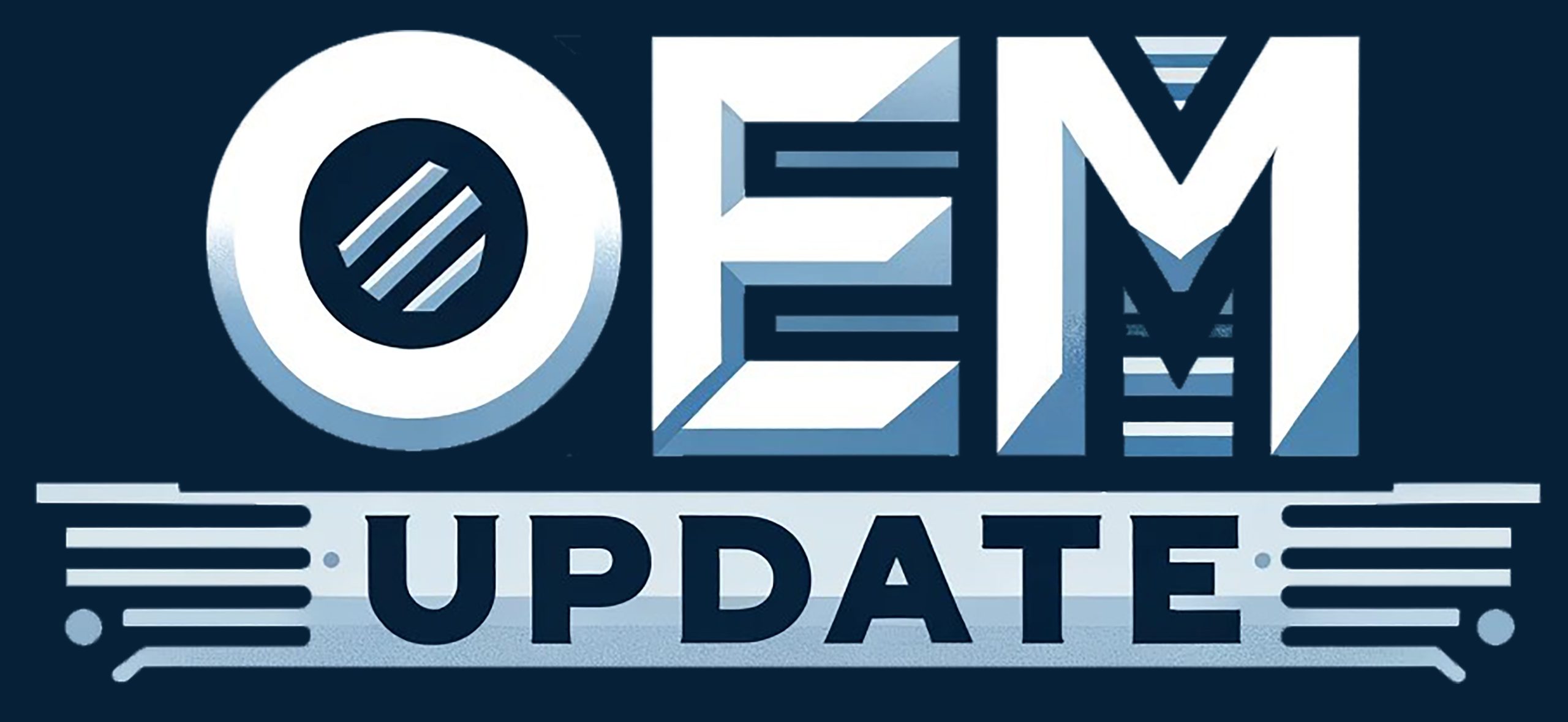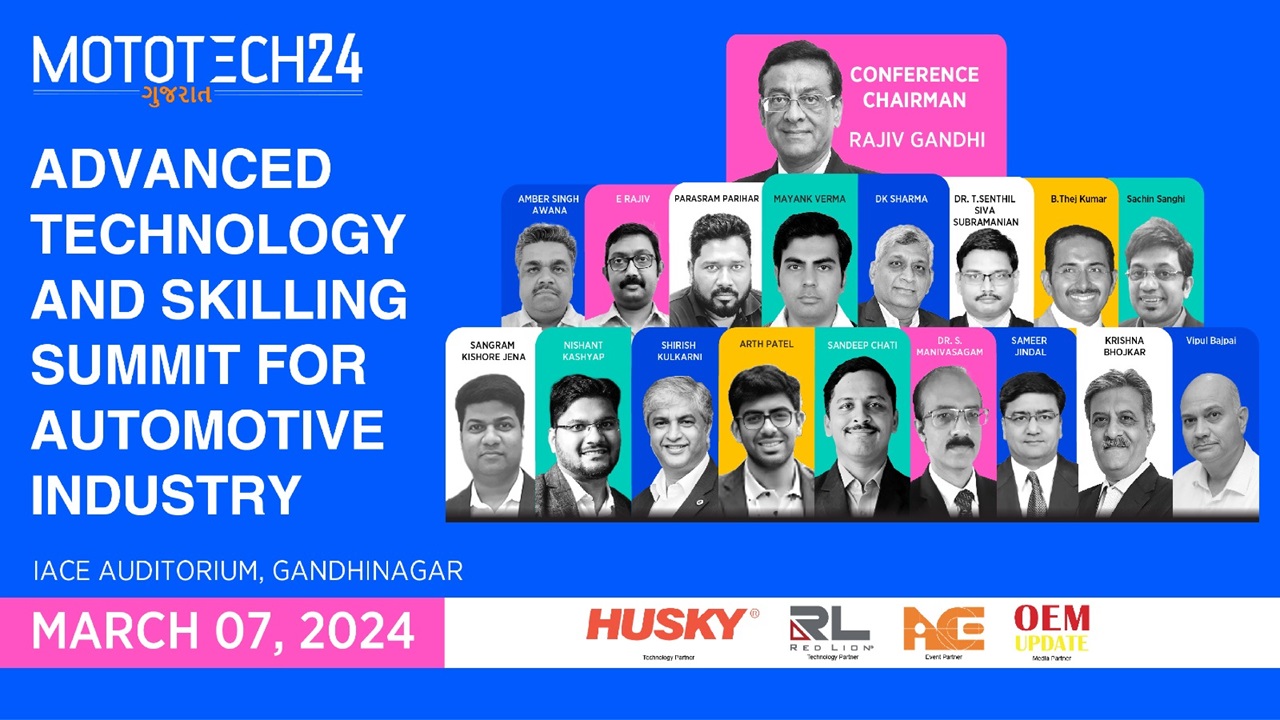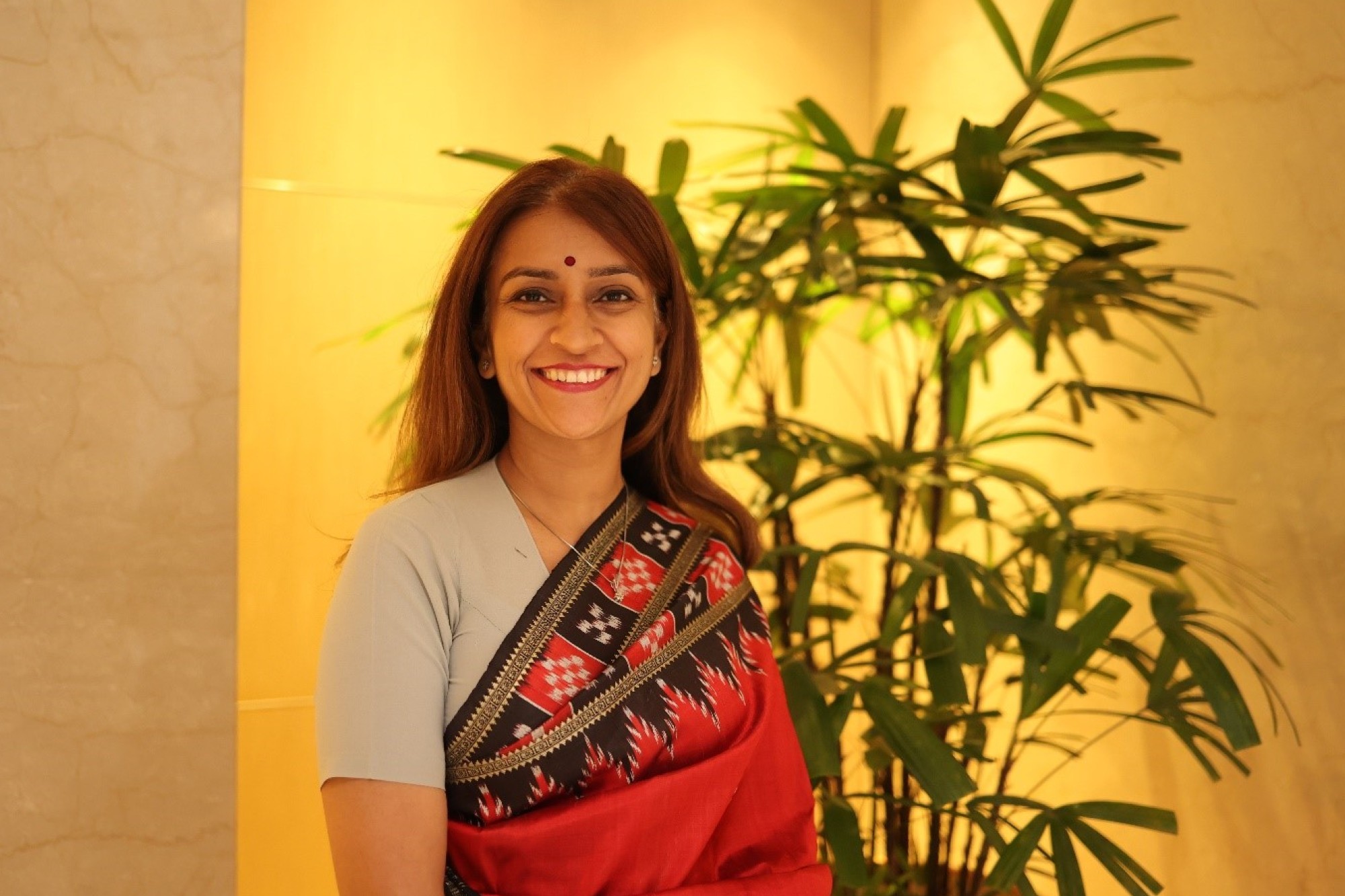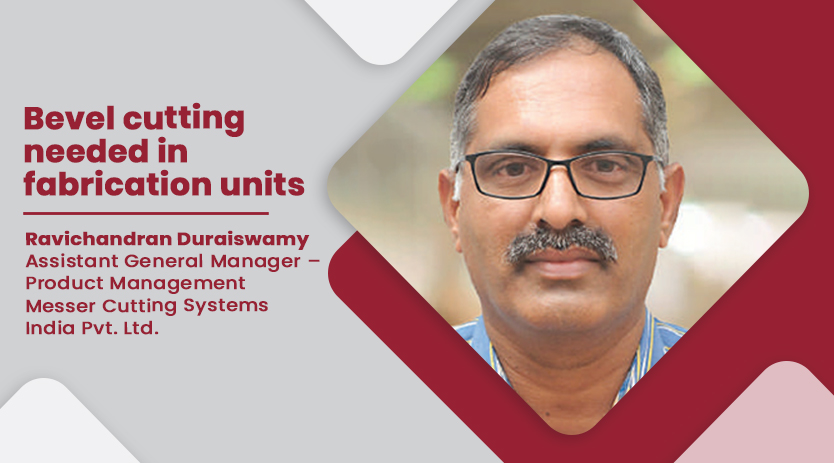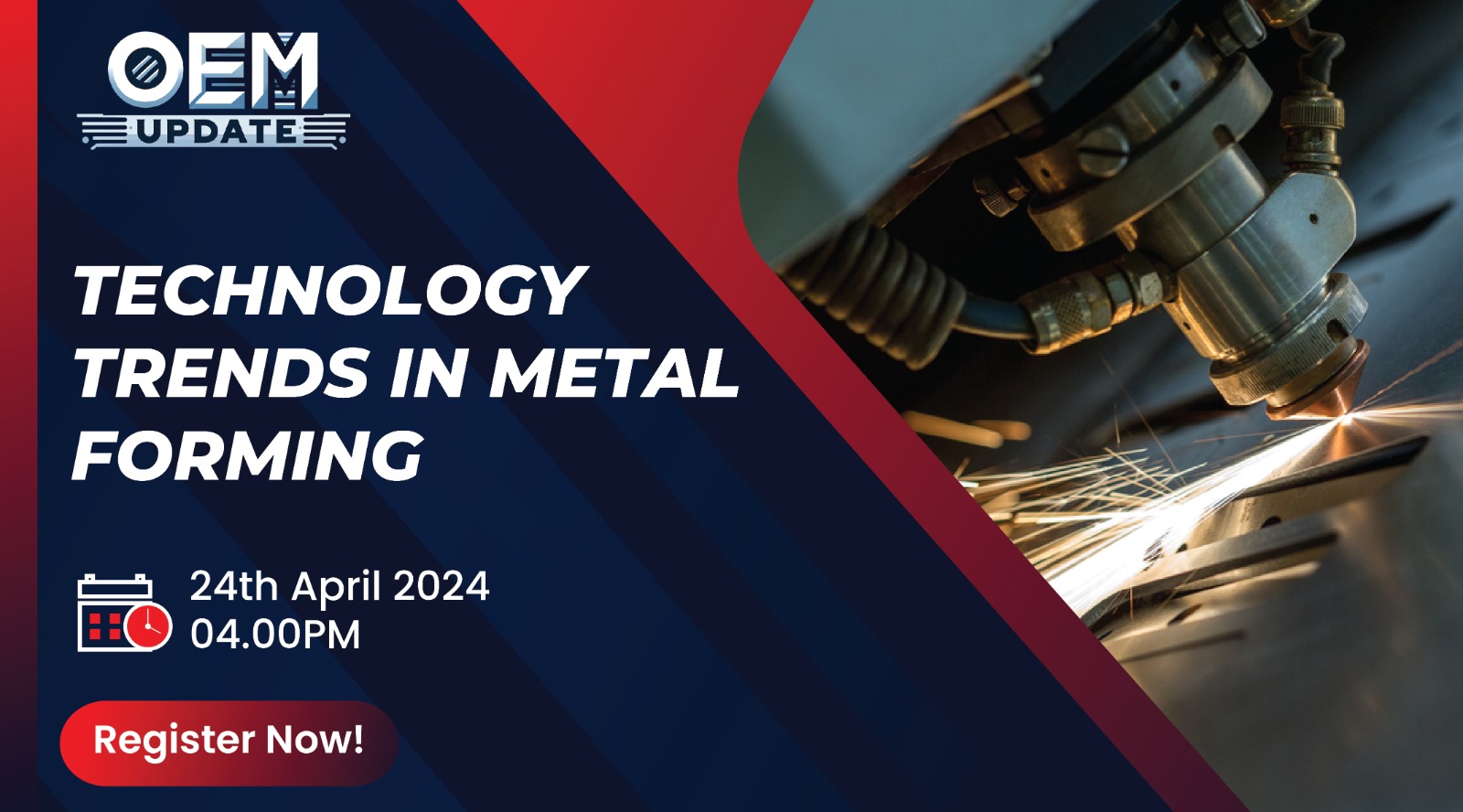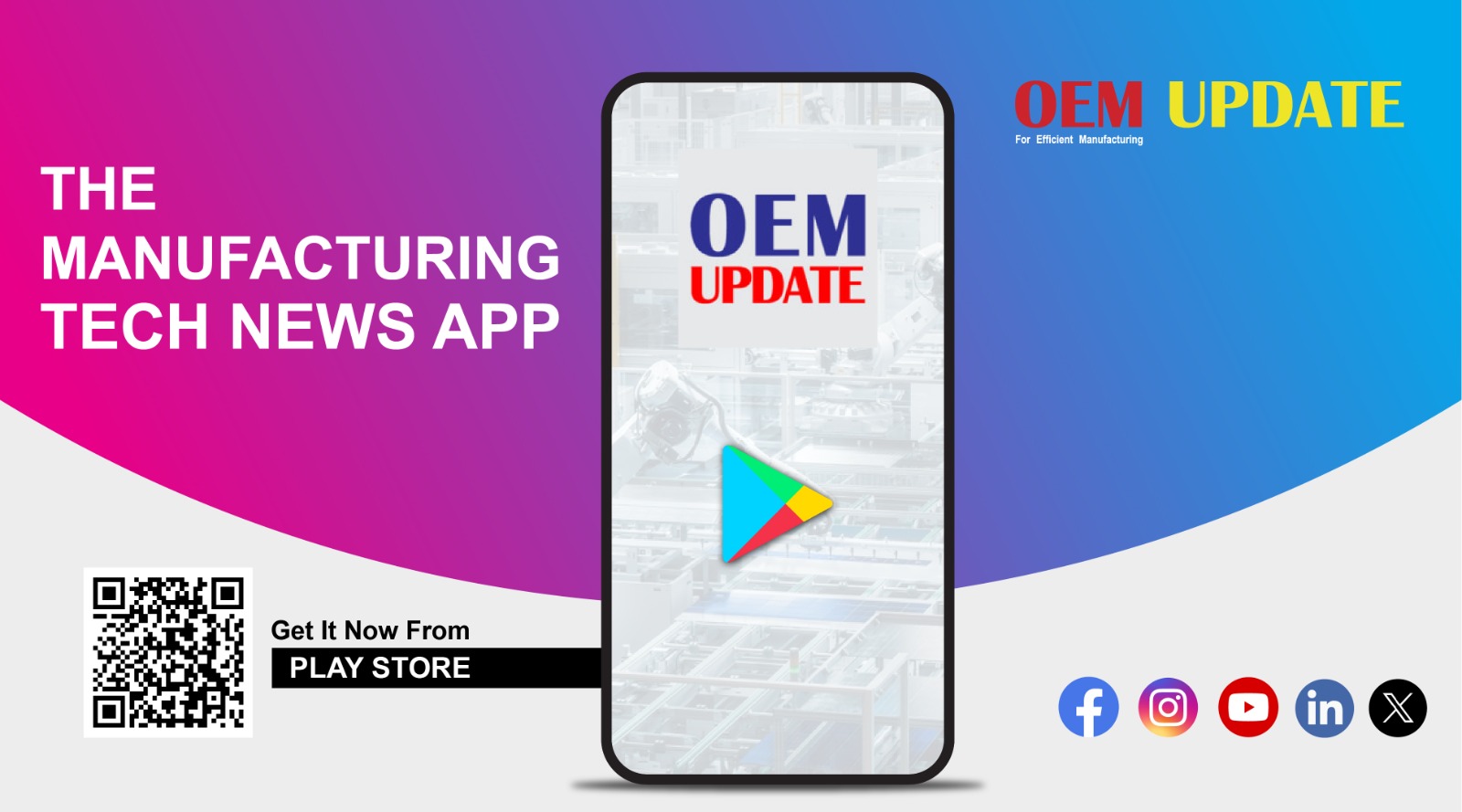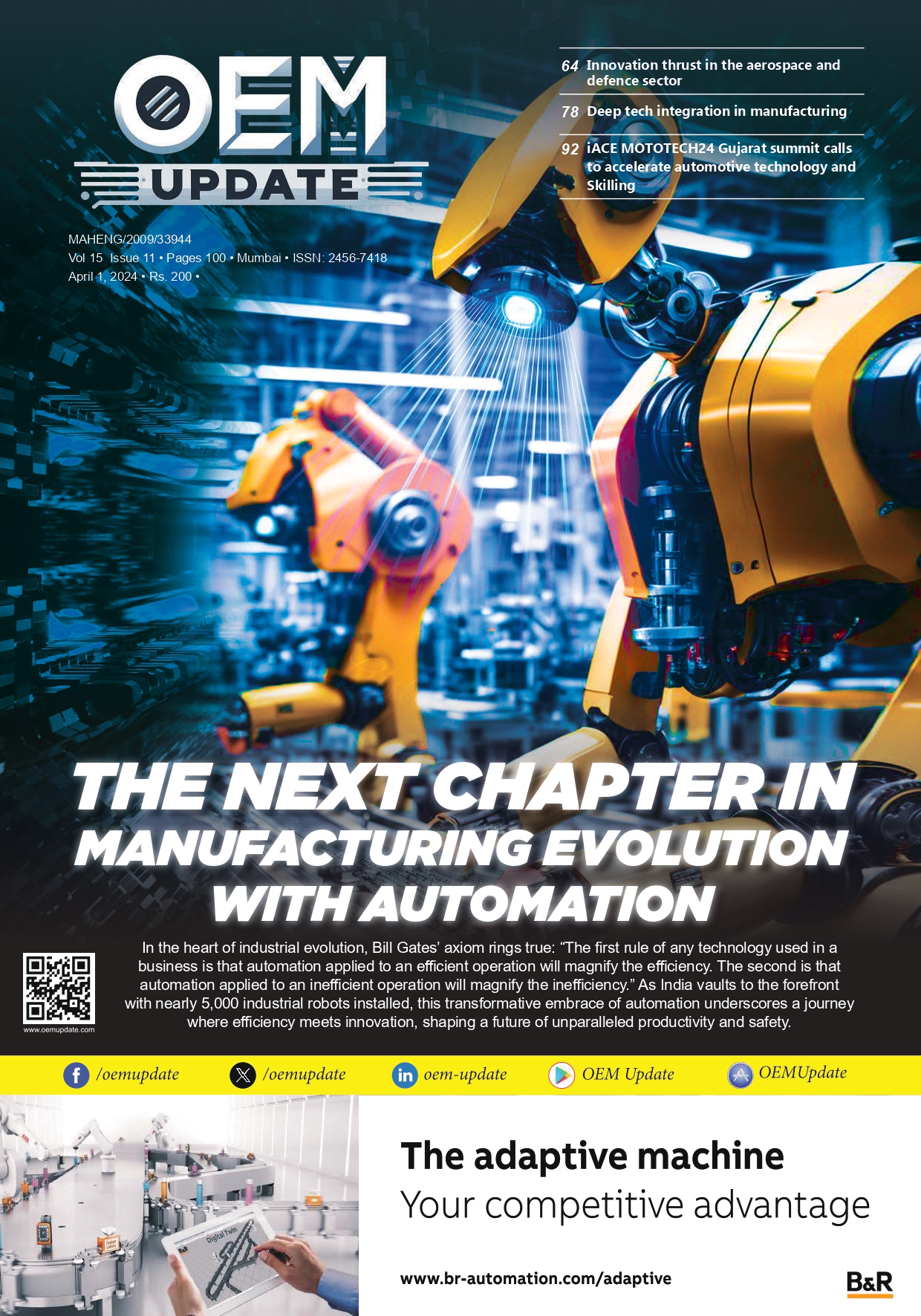“Welding industry hits by slow growth” [November 2012]
November 22, 2012 12:59 pm
According to A.H. Maheshwarri, Chairman, D&H Sécheron Electrodes, “In the last six months, manufacturing industry and projects are going slow and growth rate is coming down and welding consumable industry is no exemption to this”
Industry OverviewDiscussing the recent status of welding industry in India, A.H. Maheshwarri, Chairman, D&H Sécheron Electrodes Pvt Ltd said, “In the last six months, manufacturing industry and projects are going slow and growth rate is coming down and welding consumable industry is no exemption to this.”
According to him, “Size of the welding market in India is volatile and exactly cannot be specified in terms of quantity or value because lot of projects are going slow. However, welding consumables requirement is directly proportional to steel consumption.”
Indore-based D&H Sécheron Electrodes Pvt. Ltd. was formed in the year 1966 and ranks amongst the largest producers of welding electrodes in India. Talking about the company’s performance, Mr. Maheshwarri said, “Our focus has always been on customer satisfaction with the most competitive technology. We contribute for development of special and ultra special electrodes with particular attention to import substitution which is known to all those who are associated with sophisticated welded fabrication.”
He adds, “After establishing ourselves as the leader in welding electrodes, we introduced solid wires, flux cored wires and SAW welding fluxes two decades back.” The company has expanded its products range by adding welding machines in 2007. It got into fabrication of power plant and oil sector and boiler components in 2011, both high end structures and pressure parts.
ChallengesHighlighting the challenges being faced by the industry, he said, “Though the Indian market is able to make all the products required by absorbing technology to make consistent quality consumables, consistent supply of quality raw materials which includes Rutile, Flurospar and small quantity of solid wires, SS wires, etc. is challenging.” He recommends, “Proper data has to be generated for the consumables especially low hydrogen carbon steel and low alloy types to meet DBTT requirements. This data is required by off-shore drilling platforms, some of the nuclear components etc.”
Also, it has become essential to develop creep rupture data for the recent developmental consumables to ascertain its suitability. “Co-ordinate efforts between user and manufacturer are important to carry out these tests since it is a time consuming test,” he adds.
As we know the temper embrittlement needs to be studied for the weldment. Enough literature is available on this subject and procedures are established at both fabricators and consumable manufacturers end. However, Mr. Maheshwarri feels, “There is a challenge for manufacturers to generate data and submit to the fabricators for consideration.”
Cookie Consent
We use cookies to personalize your experience. By continuing to visit this website you agree to our Terms & Conditions, Privacy Policy and Cookie Policy.
